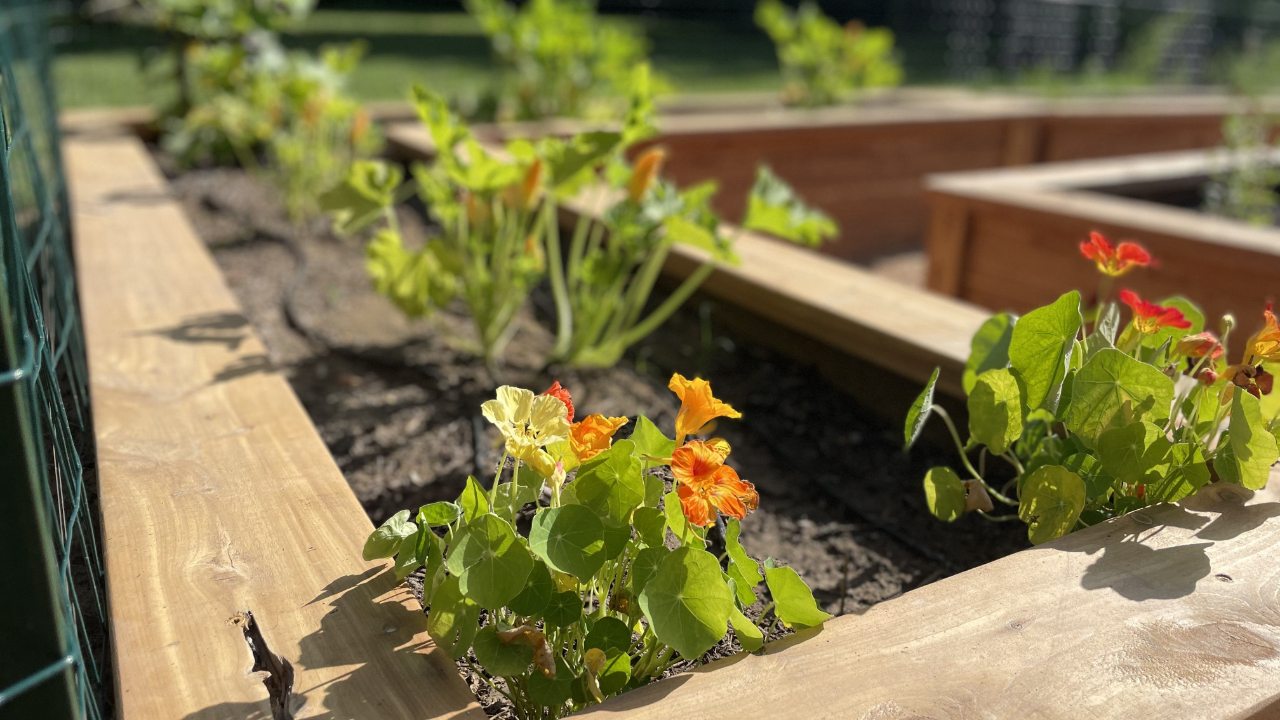Planting Plans for Beginners

I love your ambition. You are a go-getter! But just because the Derby horses are running in Kentucky doesn't mean you have to rush to plant your home garden.
A common mistake beginning gardeners make is planting without planning. This isn't you, is it?
You know how much space you have, you bought a ton of seeds and plants, and now the weather is right but, what now?
Here are some helpful tips on creating a Planting Plans:
First, get an idea as to how much space your plants need, especially if your garden area is small. If you have unlimited space you may place your plants further apart and add in more aisle space.
Grab some graph paper, create a veggie key, and sketch out your bed dimensions. Start penciling in your plant selections by size.
Here is a good rule of thumb...
Nine to 16 small-sized plants like radish, carrots, and lettuces can be packed into a square foot.
Four to six medium-sized plants like garlic, Swiss chard, beets, and cilantro can fit into a square foot.
One large plant like broccoli, cabbage, cauliflower, and peppers need a full square foot to mature.
Extra large plants like sweet potatoes, tomatoes, cucumbers, and squashes need anywhere from 1.5' - 3 ft of space.
Next, determine which season your plant thrives in most. Spring vegetables like lettuces, radishes, carrots, and beets can be planted as early as March and as late as the end of May. Don't be disappointed if spring plants bolt early this time of year, or if the cabbage looper finds your kale.
Summer vegetables like eggplant, okra, and green beans can go in "after Derby" or "Mother's Day" in the Kentuckiana area as the chances for frost tremendously reduce by now. It is safe for your "warm season" plants to go in your potager garden (fancy word for food garden!)
Third, of course, is the Fall season. In Kentucky, we are blessed with a 200 day growing window. You can repeat the same vegetables as spring. They can be started as early as August for a fall harvest!
Lastly, think ahead. Have your next season of plants ready to go in where the previous season's plants are dying out. We call this a seasonal transition. MOST veggie plants are annuals and will only produce for a limited time. Remove them once production stalls.
Nutshell - Don't rush the process. Have a plan. Be flexible. And give plants room to grow and nurture them in the correct season.
So, I'm betting on you this Derby Day. If you'd like help with a Planting Plan, one of our Garden Consultants are happy to help. Just email us at [email protected]!

